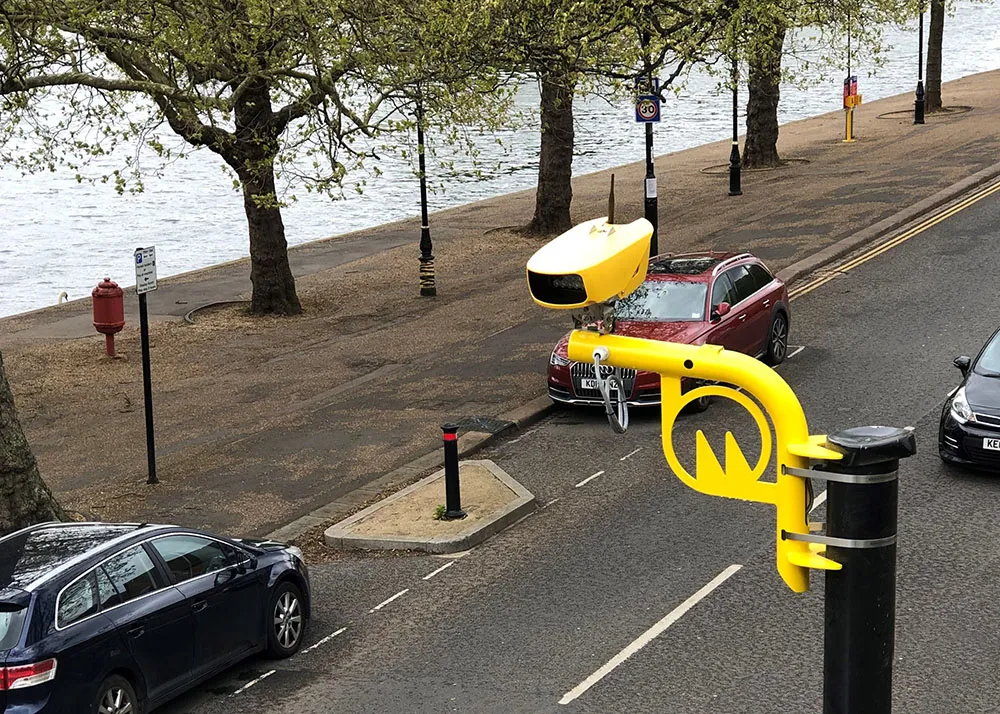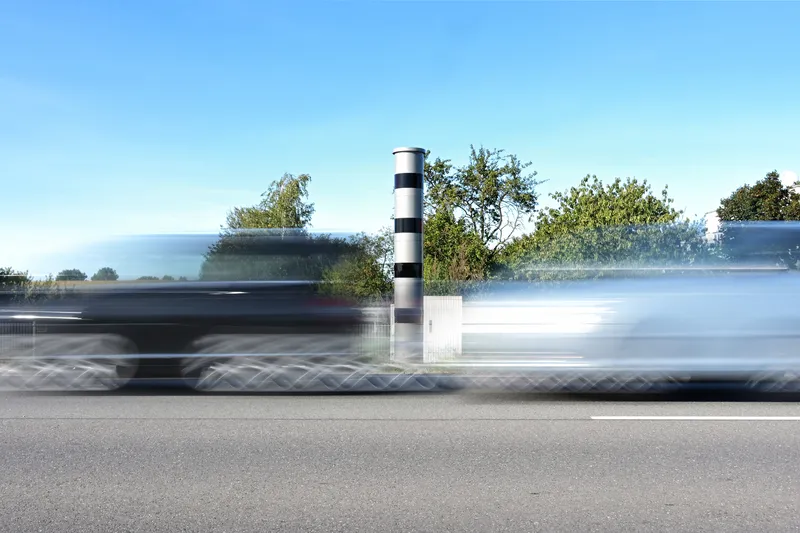The percentages of vehicles exceeding the speed limit in free flow conditions on UK roads have declined slightly for most vehicle and road types between 2011 and 2016, according to statistics published by the
However, IAM RoadSmart believes that, whilst the news is better overall, making speeding as unacceptable as drink driving still seems a long way off.
In 2016, 46 per cent of cars exceeded the speed limit on motorways, down from 49 per cent in 2011. 11 per cent of cars exceeded the limit by more than 10mph.
Single carriageway roads where the national speed limit applies (60 mph for cars) had the highest levels of speed limit compliance, with only eight per cent of cars exceeding the speed limit (the same as 2011) and one per cent exceeding by more than 10mph.
On 30mph roads, 53 per cent of cars exceeded the speed limit (down from 55 per cent in 2011), with six per cent exceeding 40mph.
For all vehicle types, average free flow speeds were very close to the appropriate speed limits on 30mph roads (28 to 31mph), above the speed limit on 20mph roads (21 to 25mph) and under the speed limit on other road types.
Across the day, speed limit compliance was higher during daytime hours and lower at night for all vehicle types.
Neil Greig, IAM RoadSmart director of policy and research said,” It’s really good news for road safety that the roads with the highest speed compliance are actually our most dangerous - 60mph rural single carriageways. Recent government, police and road safety charity campaigns have highlighted this issue and it does appear that the message is getting through.
Greig adds, ”The main problem is clearly getting drivers to comply on the ever increasing number of roads in our towns and cities with a 20mph limit. IAM RoadSmart have always felt that blanket 20mph limits, enforced by signposts only, are simply not enough to convey the reason for slowing down to drivers. Targeting the worst locations with traffic calming and other engineering features is a much more effective way to make 20mph limits self-enforcing. Speed limits on roads with consistent compliance problems need to be reviewed more frequently.
“We must all work to make it easy to stick to the speed limit and our main concern is that widespread confusion over 20mph may be undermining a more general trend to slow down.”
Progress on speeding ‘may be hampered by confusion on 20mph limits’
The percentages of vehicles exceeding the speed limit in free flow conditions on UK roads have declined slightly for most vehicle and road types between 2011 and 2016, according to statistics published by the Department for Transport.
July 5, 2017
Read time: 2 mins









